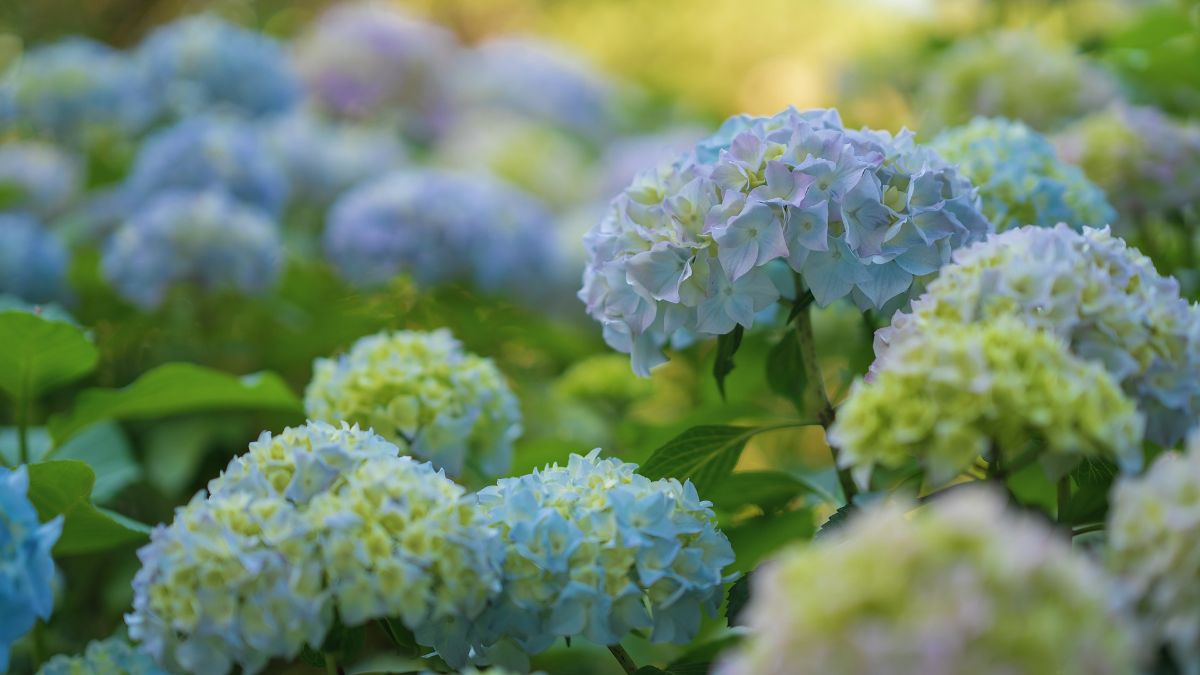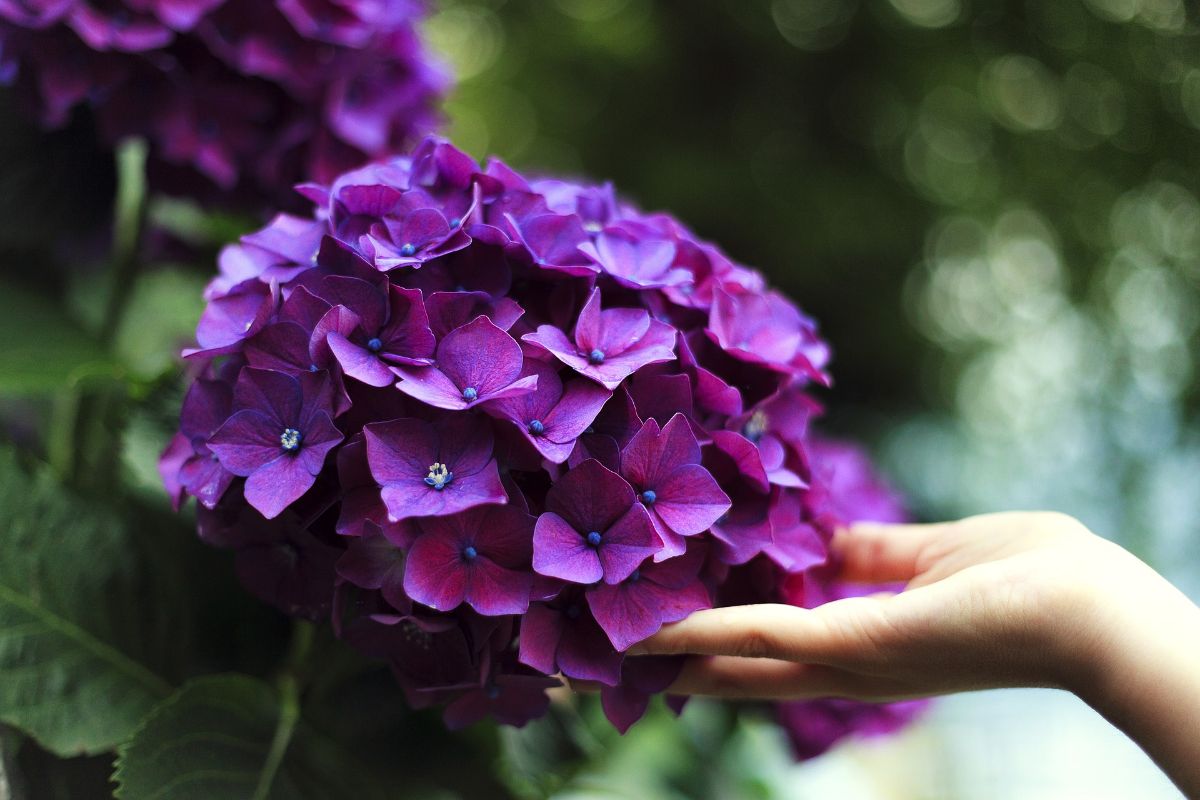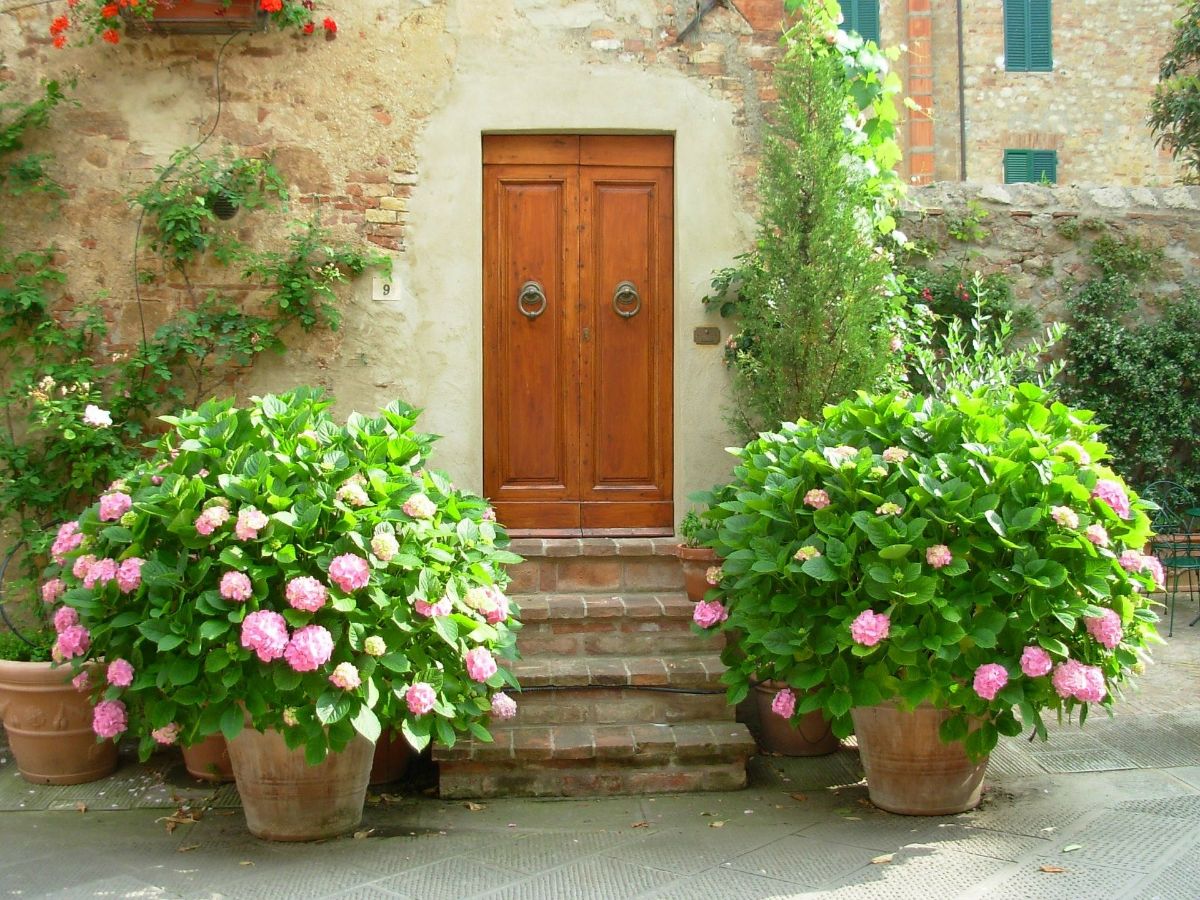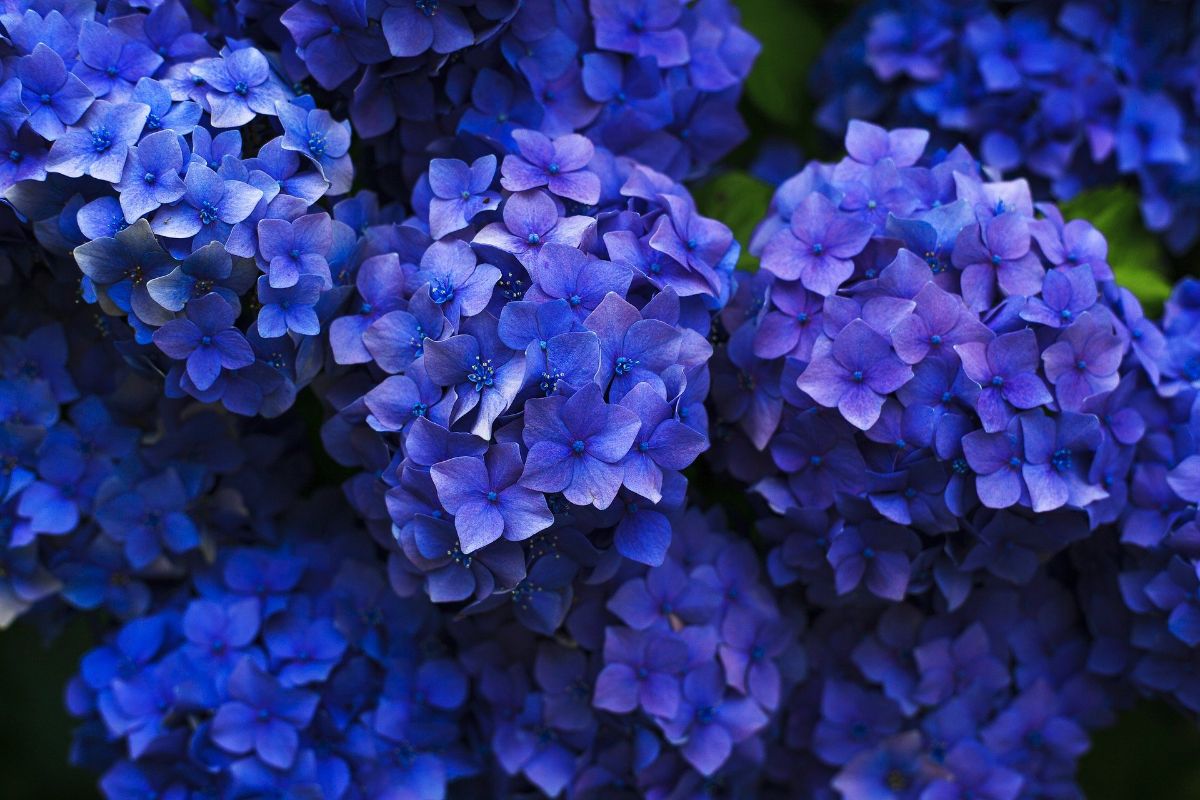
Hydrangeas are one of the most common plants in gardens, but also on balconies, terraces, etc. with pots. The problem is that, of all the care you have to give it, Knowing how to water a potted hydrangea is one of the keys to ensuring that it does not die.
If you want to know how to do it, the tricks to get it to water well and, above all, to make it last a long time, then we will focus on it.
How is the watering of potted hydrangeas

A potted hydrangea has the characteristics that the soil is compacted in one place. That is, the roots cannot expand freely, for example, to seek water. You have to provide it yourself.
Therefore, meeting this need will fall on you, who can water it. Also, you should keep in mind that hydrangeas are plants that need constant watering, not because the plant is in the sun and the earth dries up, but because the intensity of the sun, the dehydration of the soil or even the ambient heat can affect it.
Knowing this, that need for constant watering, and also in a way of humidity, you have to think about the amount you need. And is that if you have it indoors you will not need as much water as if it is in a pot outside.
The best irrigation water for hydrangeas
Hydrangeas, like many other plants, do not react very well to chlorine or lime. And, unfortunately, the water from the taps, the one you drink, may not be good for them.
In fact, If you notice that your plant begins to turn yellow, this is a clear sign that the water is not adequate.
So what can we do? There are several options, all of which are suitable:
- Use rainwater. If you live in an area where it rains often you can have a drum in which to accumulate it to water with it later.
- Descale the water. In this case we are talking about a usual process. What you should do is fill some bottles, watering can or whatever you use to water with tap water. This will have chlorine and lime, but normally within 24 hours it evaporates, so the water would be suitable for plants. If you live in an area where the water has more lime than usual, it is best to leave it for at least 48 hours, so you make sure that there is no residue left.
How to Water Flowering Potted Hydrangeas

The hydrangea blooming season, which usually begins in the month of April-May, is the most sensitive and difficult to carry out. In fact, many plants can die from this reason, not knowing how to water them well.
Regarding this issue, it is better to sin in lack than in excess. That is, it is better to water it little than too much. If you water it little, you have the opportunity to give it water again; But if you go overboard, the roots suffer, they rot, and there may be no solution.
When hydrangeas are in bloom, the need for water, as well as nutrients, is much higher. For this reason, it is important that it be increased, perhaps not the amount of water, but the number of times it is watered. Above all because if you suffer from water stress, i.e. a lack of water, it could slow down flowering, Losing it or even damaging your health would cause pests and diseases to come into play that would kill hydrangeas.
What happens if I water the hydrangeas with little water

One of the tips for watering potted hydrangeas is to use little water. Actually, this can be a problem.
For example, imagine that you have the pot outside, and that the climate is warm. Normally you would water first thing in the morning or late in the afternoon, but if you water with little quantity, you risk that, if the external soil, that is, the first layer, is very hot, the water will evaporate without it reaching to the roots, with what will not hydrate. In these cases, it is better to water abundantly until you see that the water comes out of the holes in the pot.
Some put a saucer so that the water can hold at the base of the pot so that the plant can absorb it, but it is a double-edged sword, since the roots can rot when they are continuously in contact with the water.
As a solution for improve humidity in the plant environment What can be done is to place the pot on top of some pebbles or stones and pour water slightly covering these. In this way, a microenvironment is created that allows for a little humidity for the hydrangeas.
The substrate, the key to watering potted hydrangeas
Although irrigation is key so that the hydrangeas are well hydrated, part of the responsibility for this also has the substrate.
We refer to the soil that you put in the pot for your hydrangeas. When we buy it in stores or even in greenhouses or florists, we can make the mistake of leaving it in that pot when it is not the most common. Sometimes the soil that these specimens bring is too compacted and treated, but, with the passage of time, it becomes more of a hazard.
Therefore, you should always use very rich in nutrients and very draining soil, make it almost light. Our recommendation is that you use worm and peat humus, which is the best for these plants.
Also keep in mind that the pH of the soil itself can affect the hydrangea color. Depending on how you want it, you can modify the pH with natural products.
Don't be afraid to have hydrangeas just because watering is a part that can kill plants. You just have to take into account the water needs and, above all, a fundamental aspect: do not pour water on the flowers, because they wither. If you have questions about how to do it, we are available to help you solve them. Just contact us and we will get back to you as soon as possible.